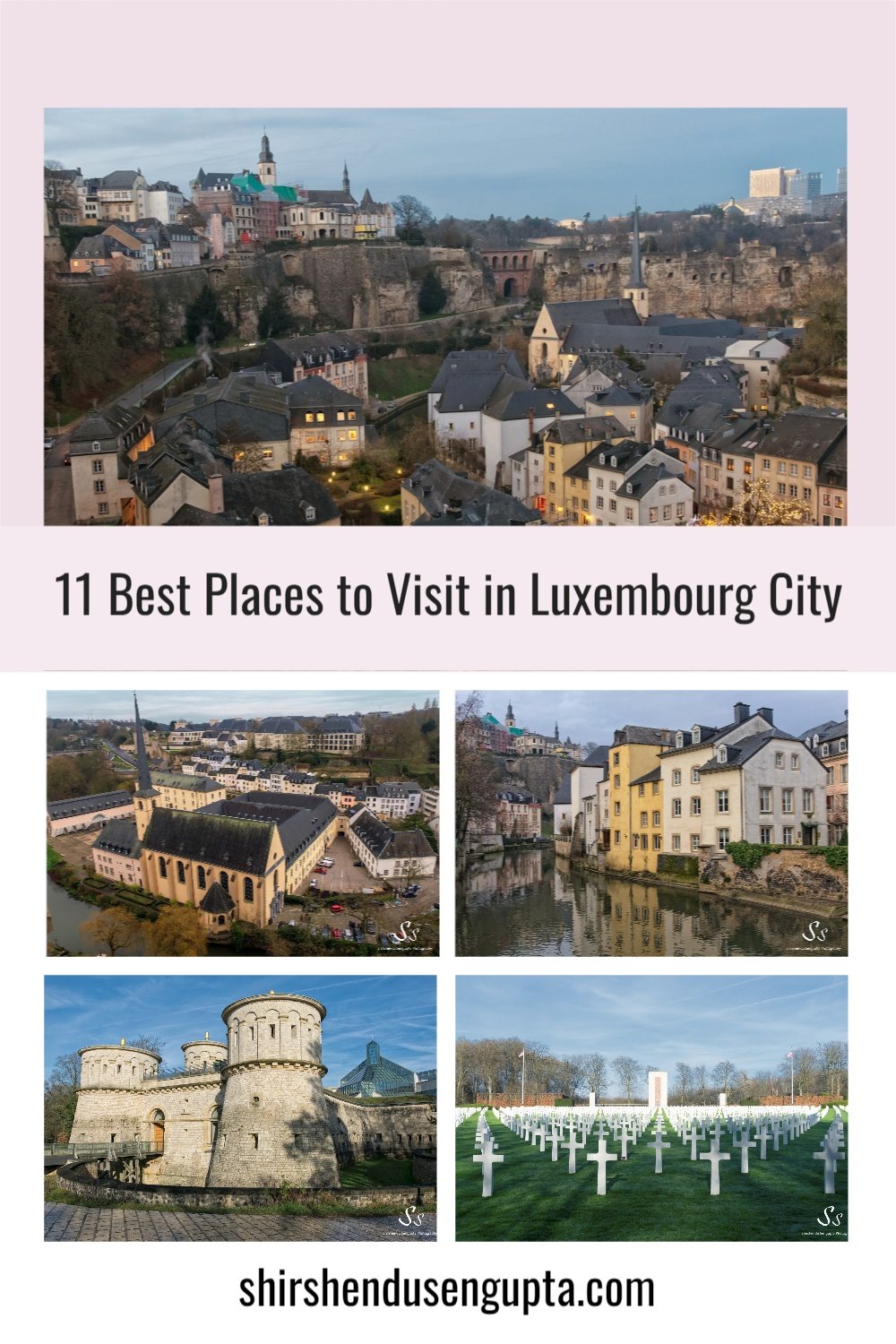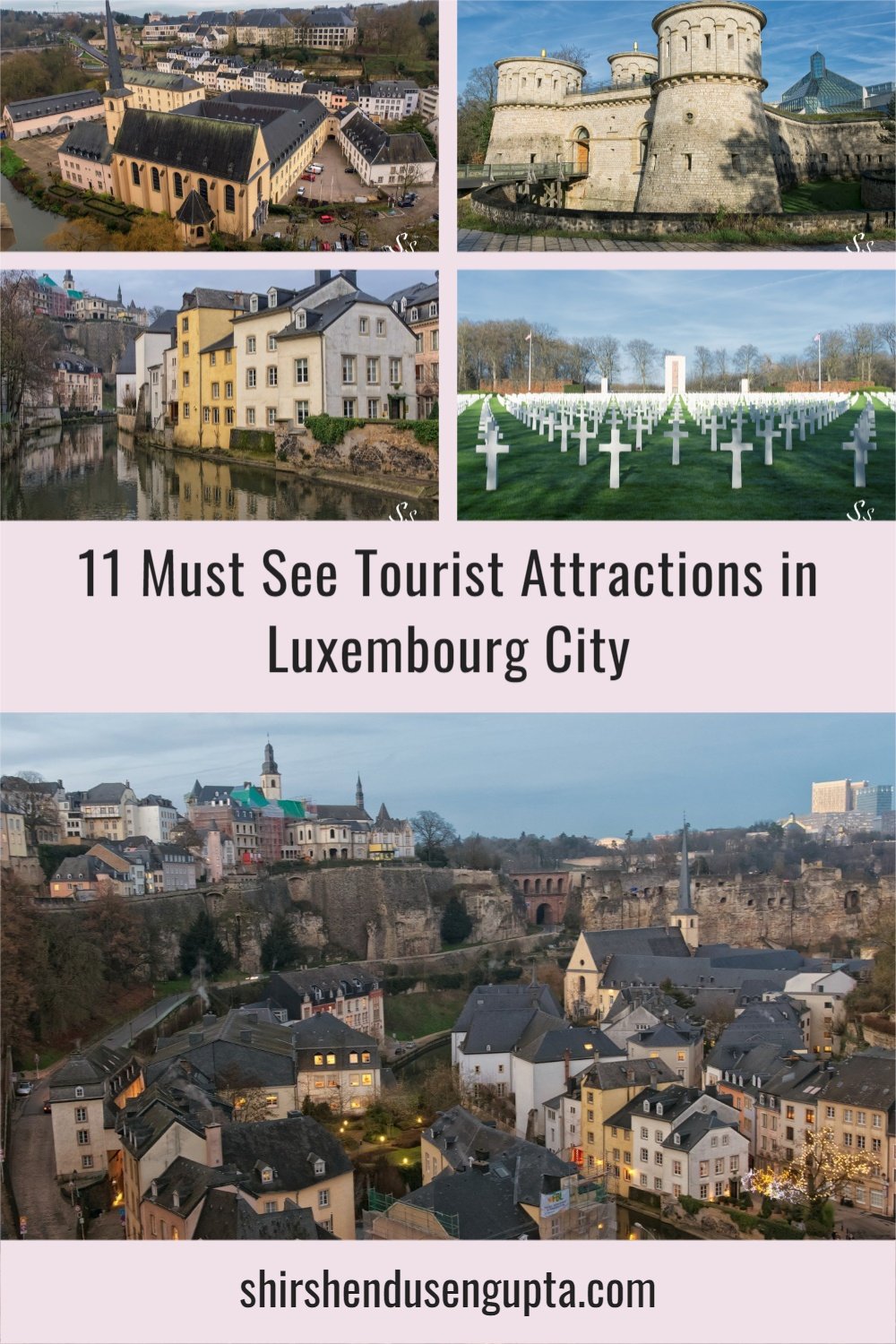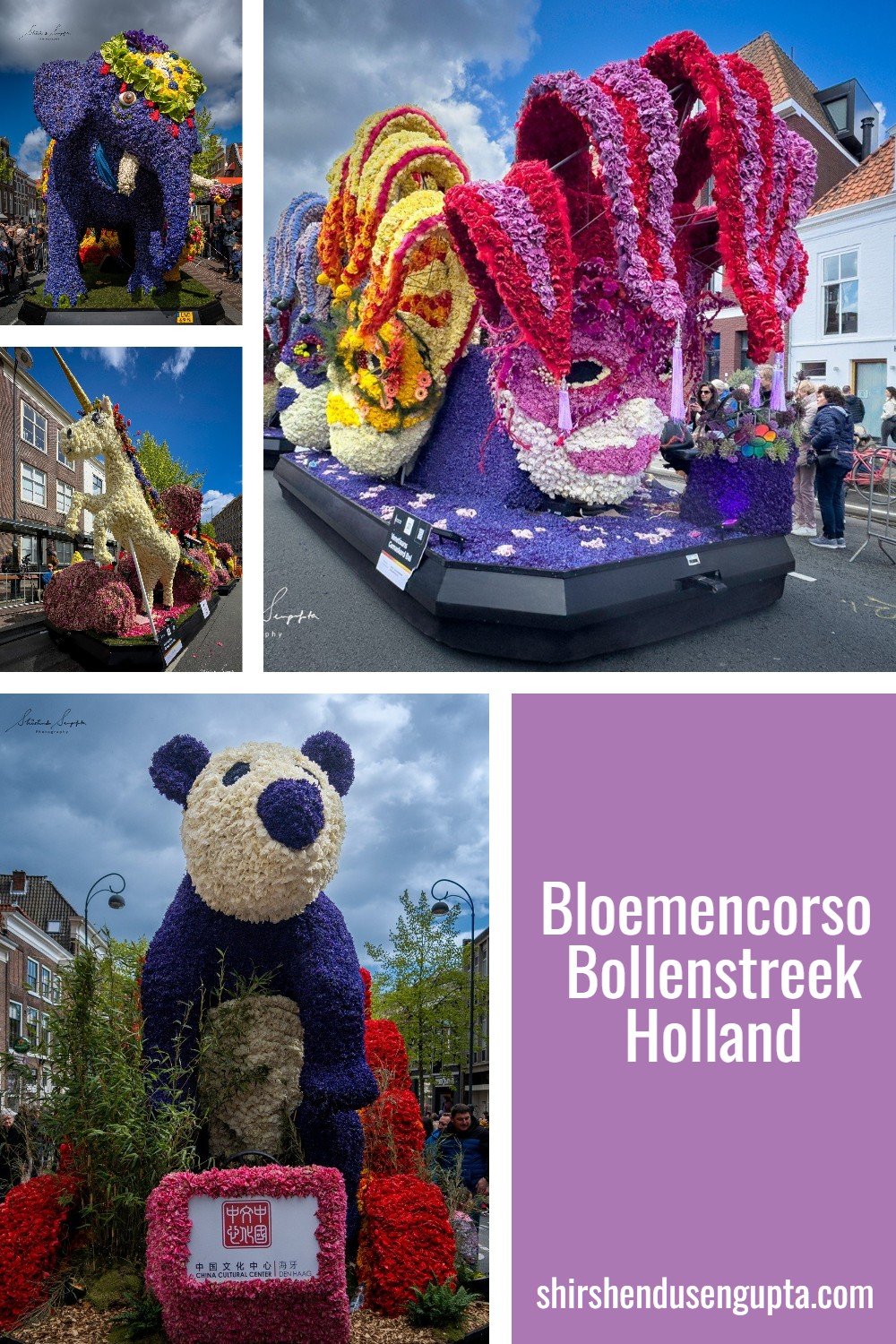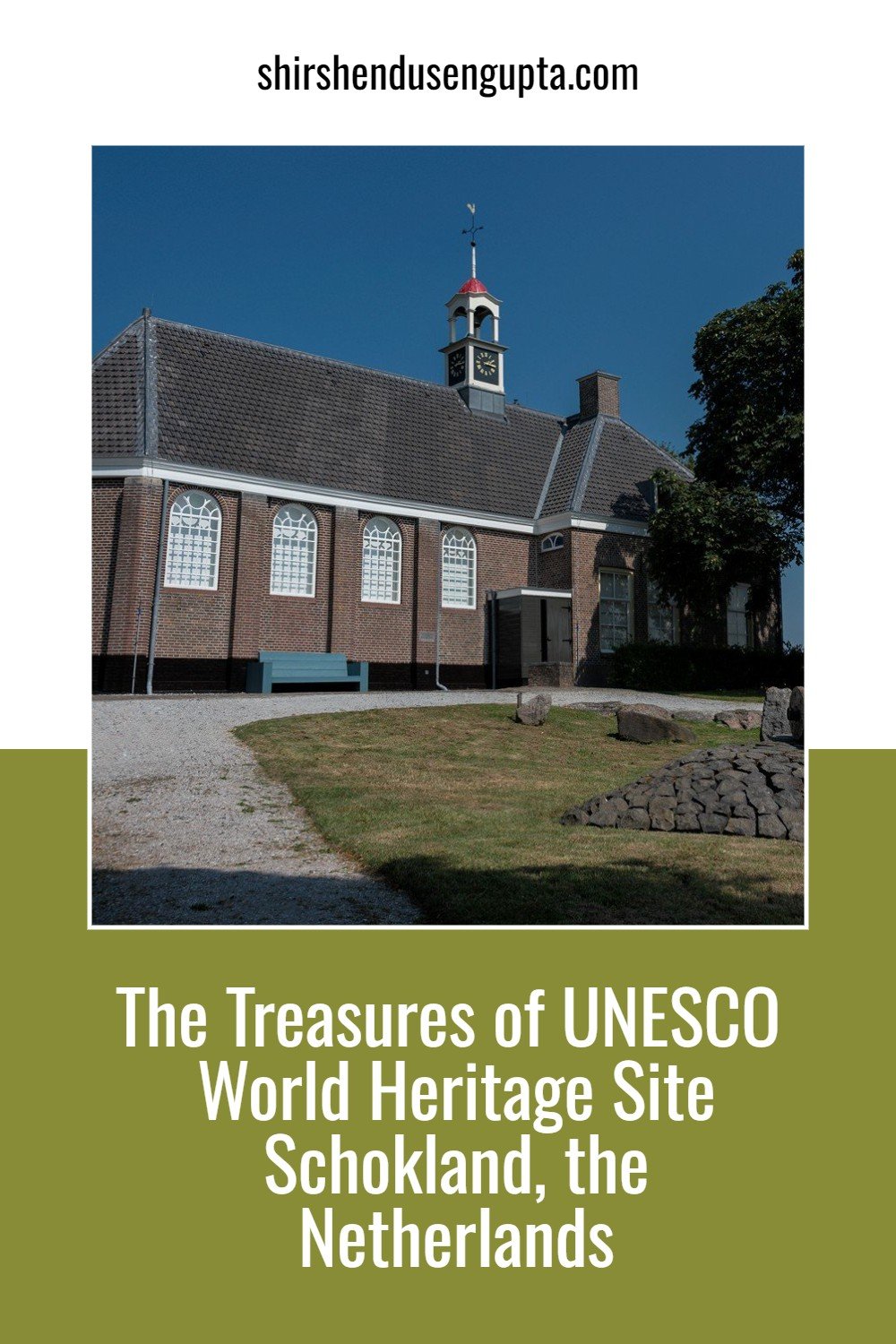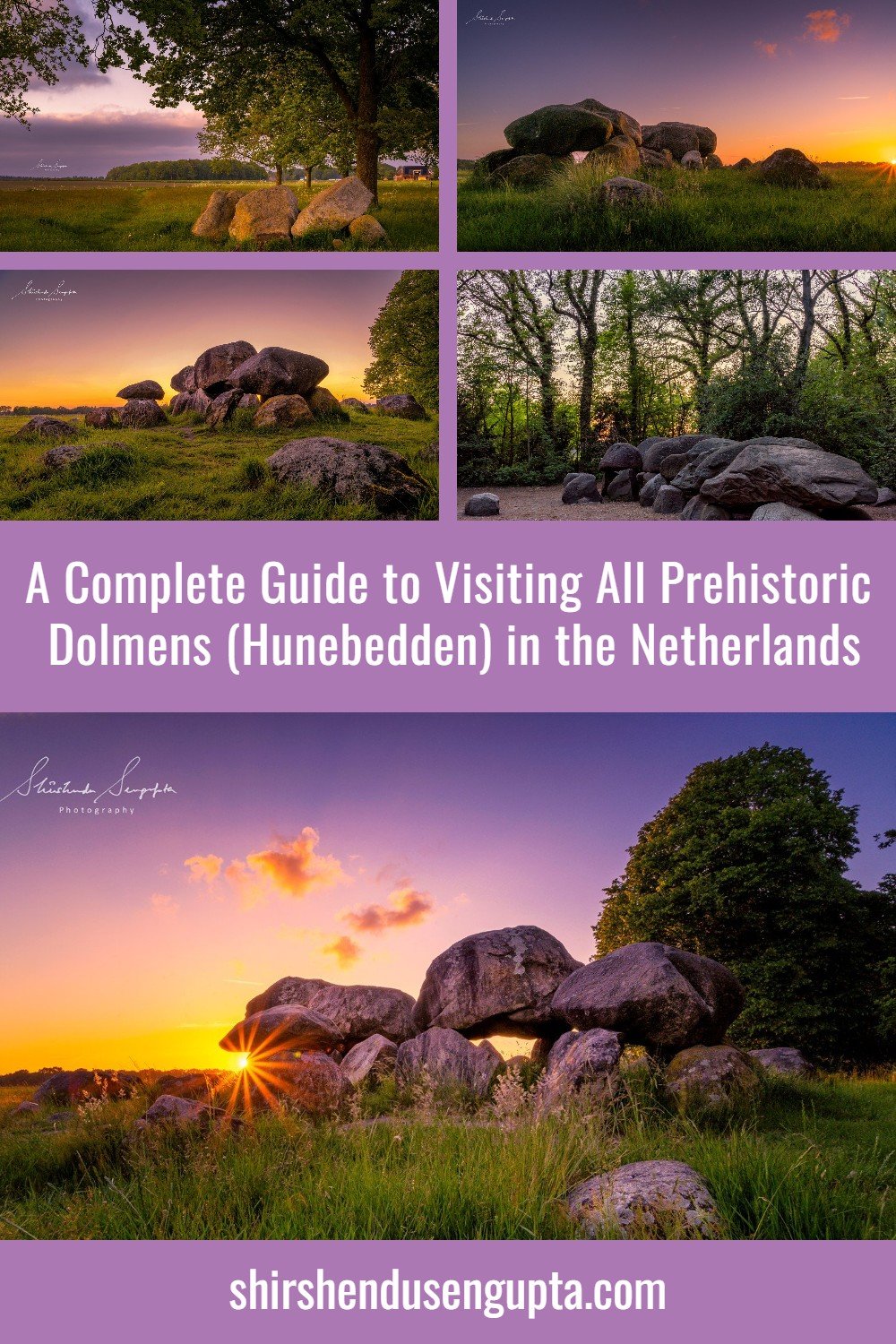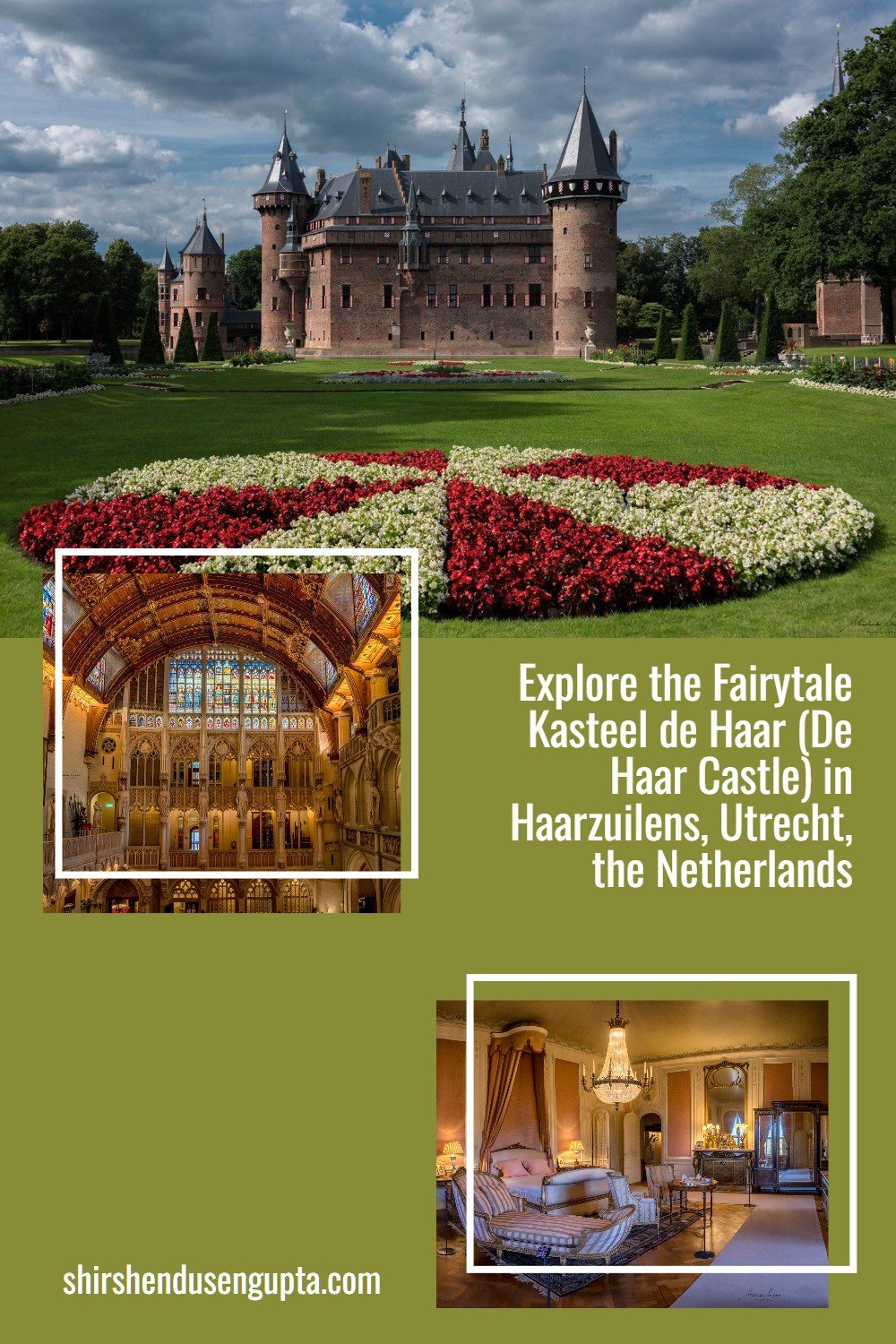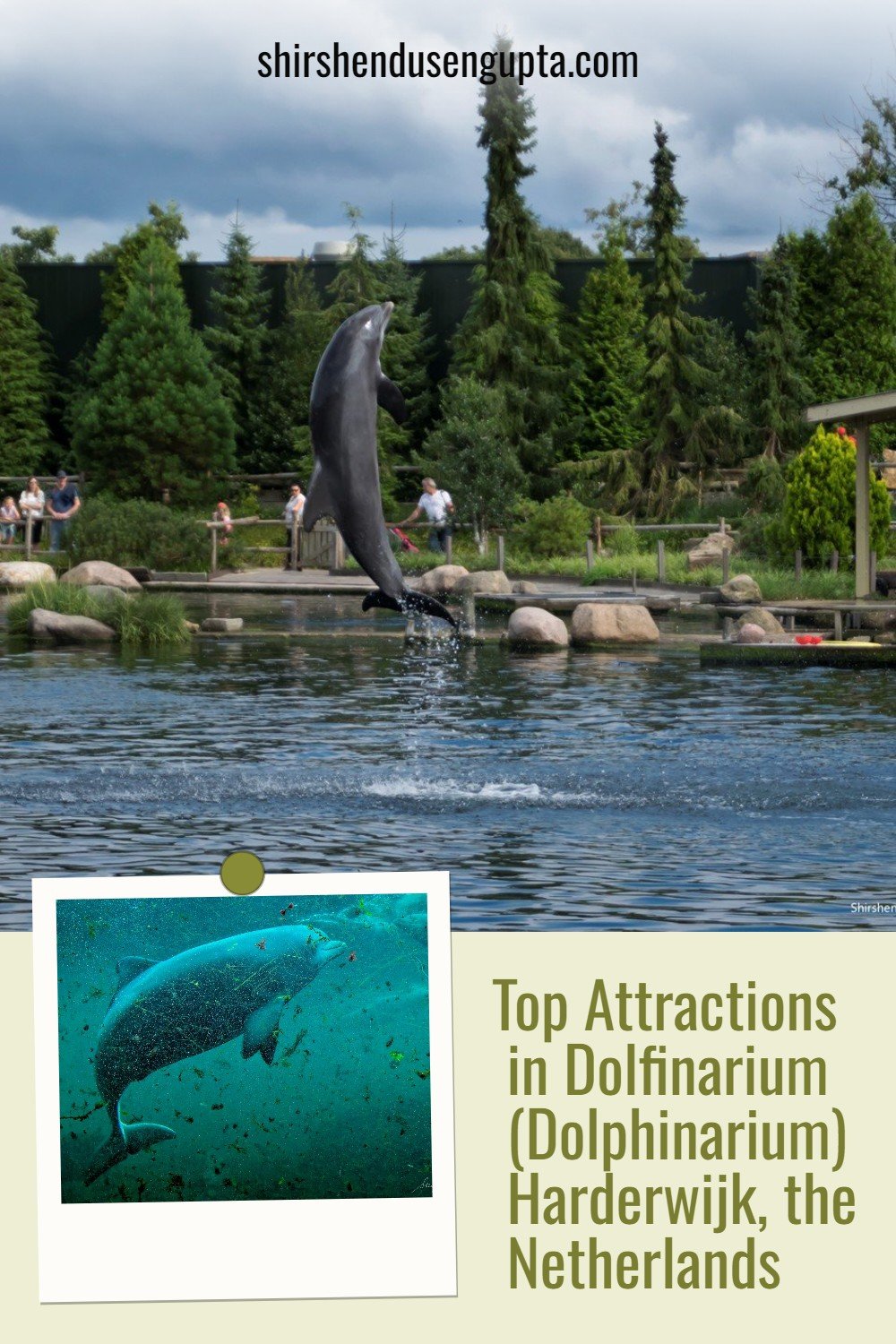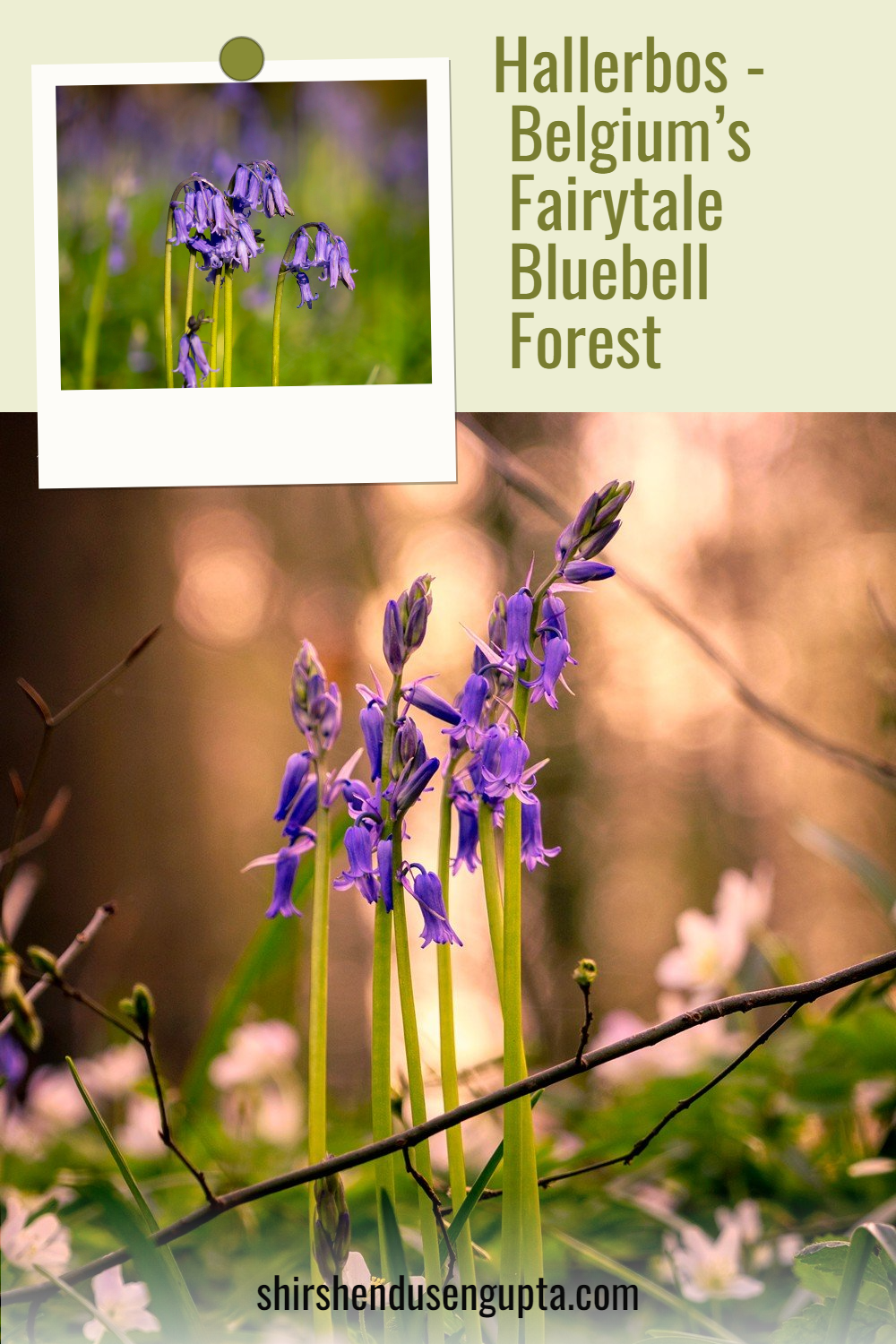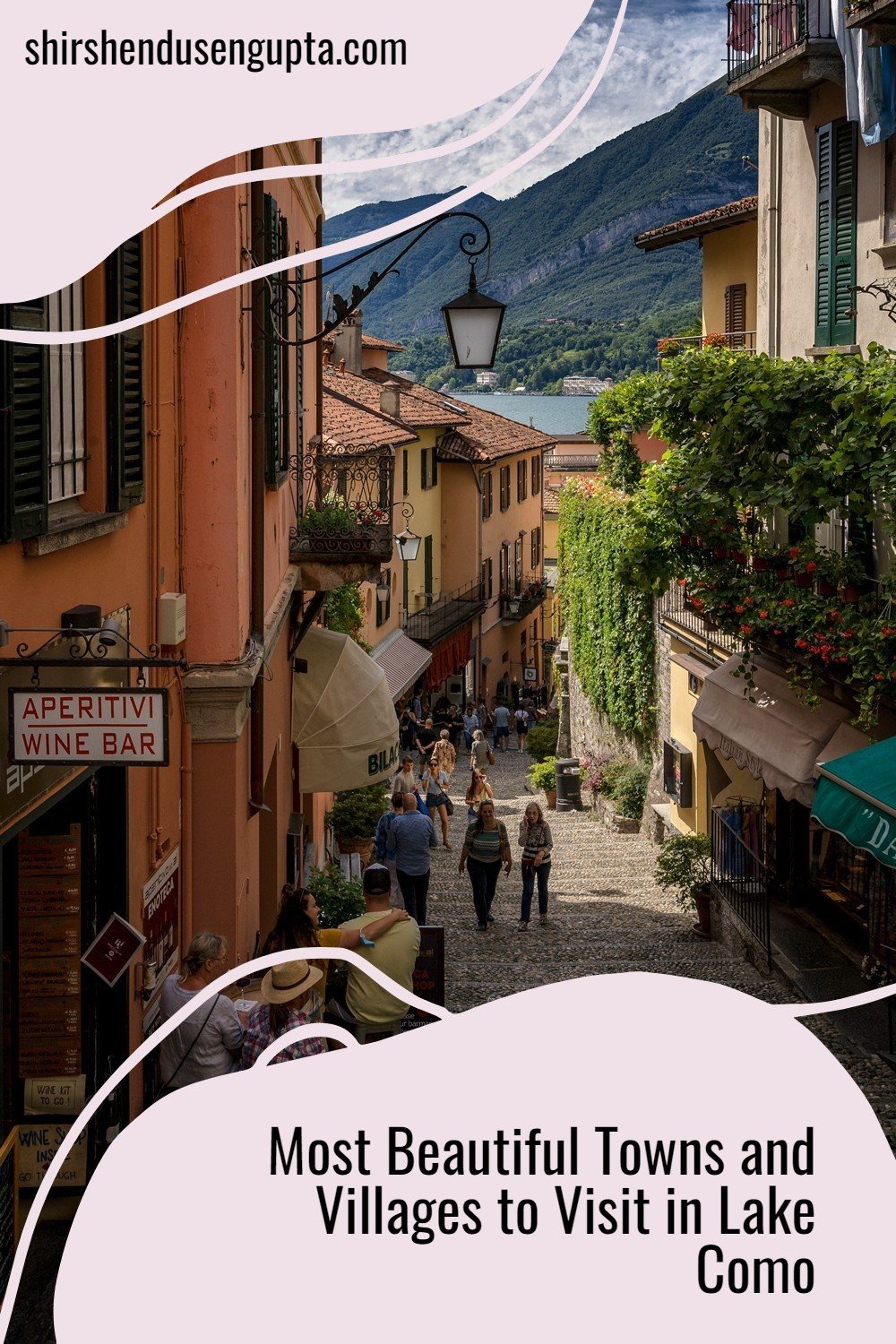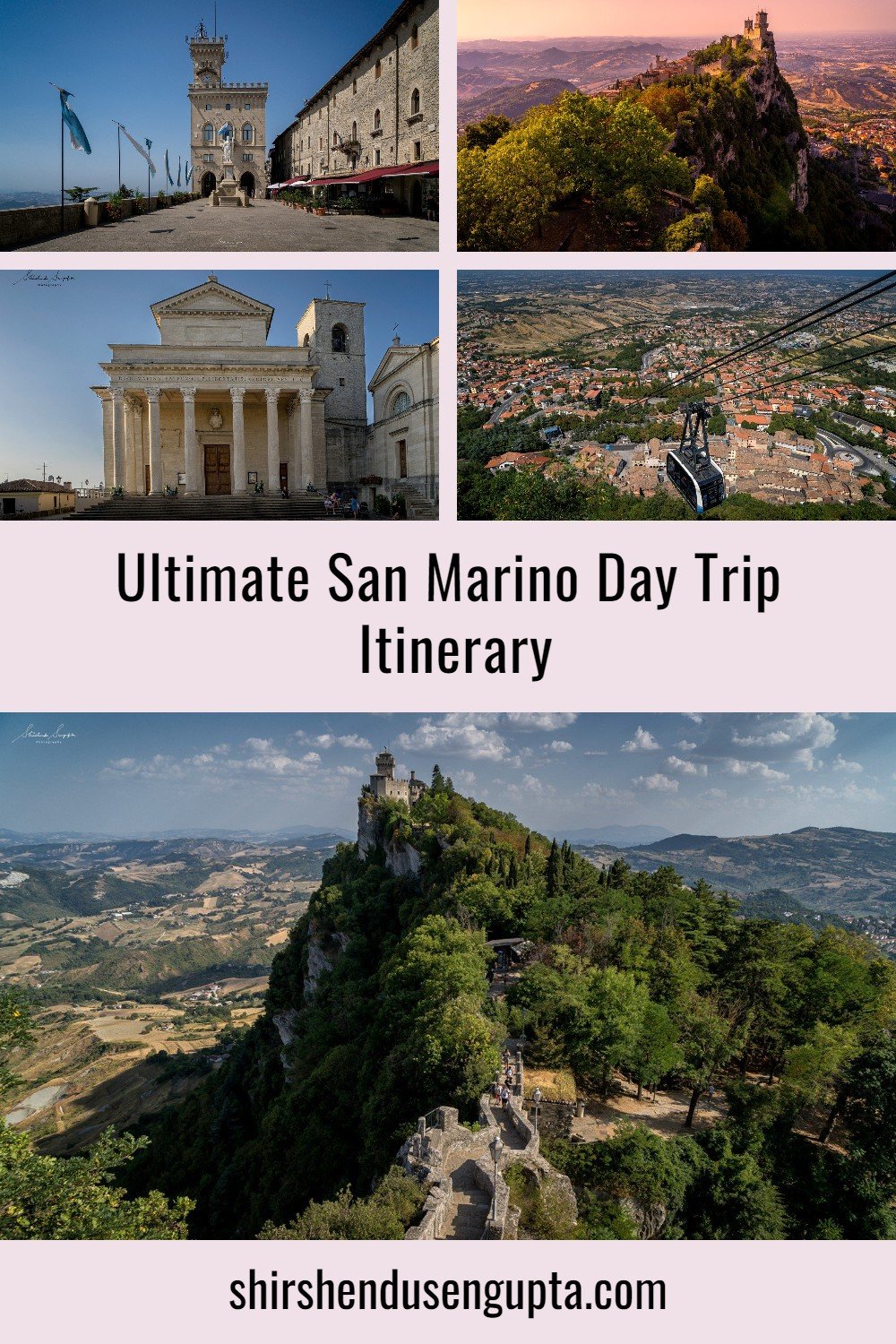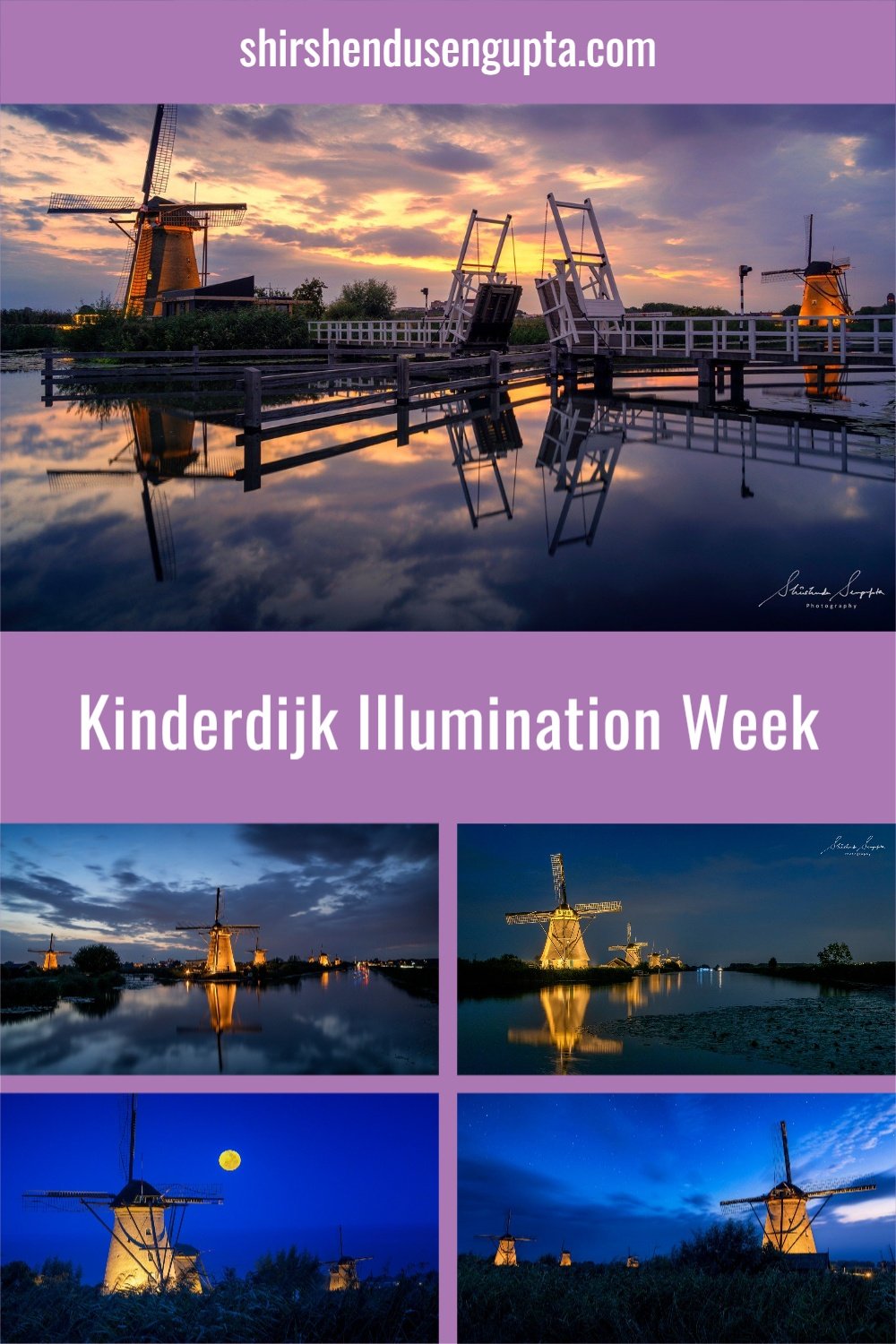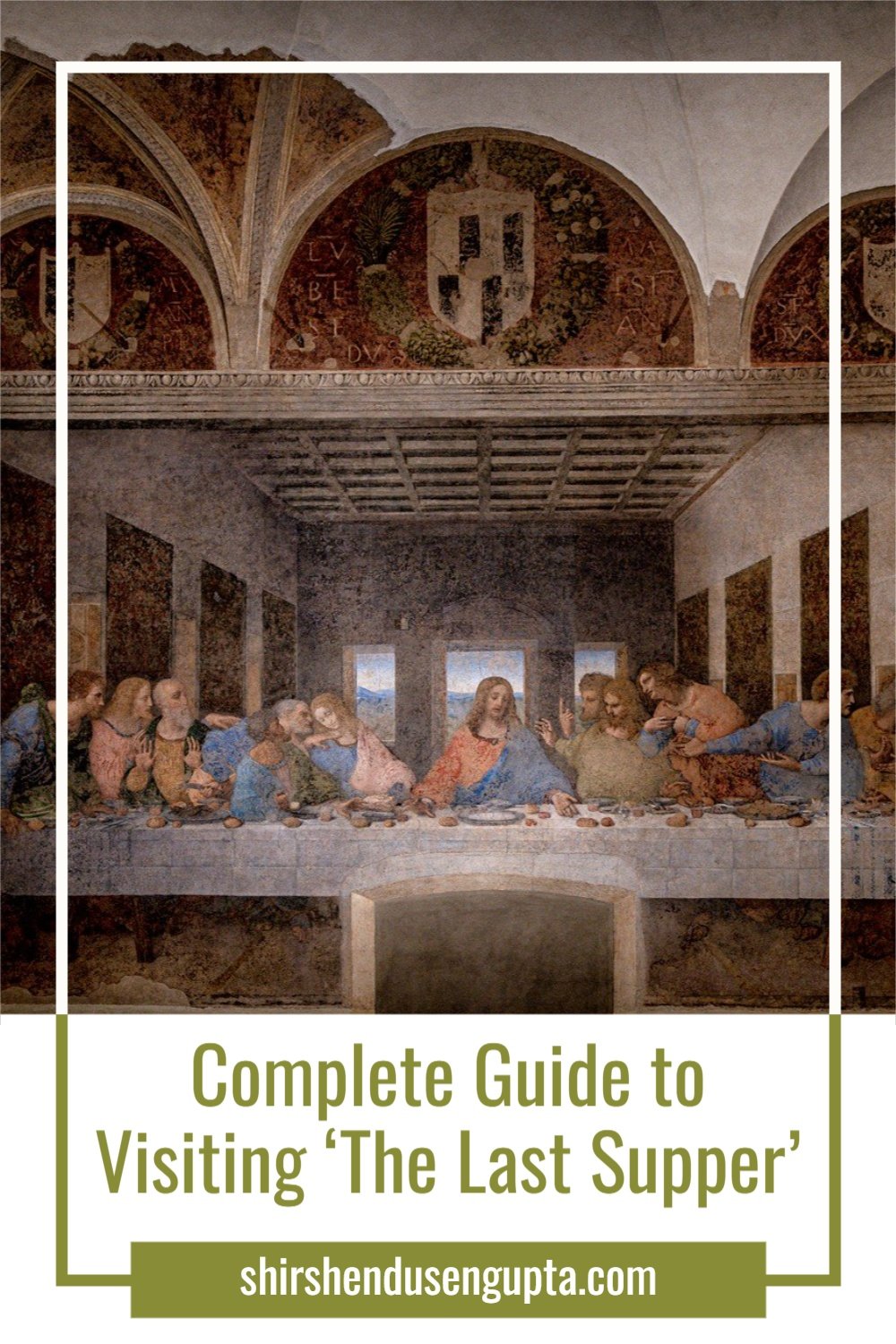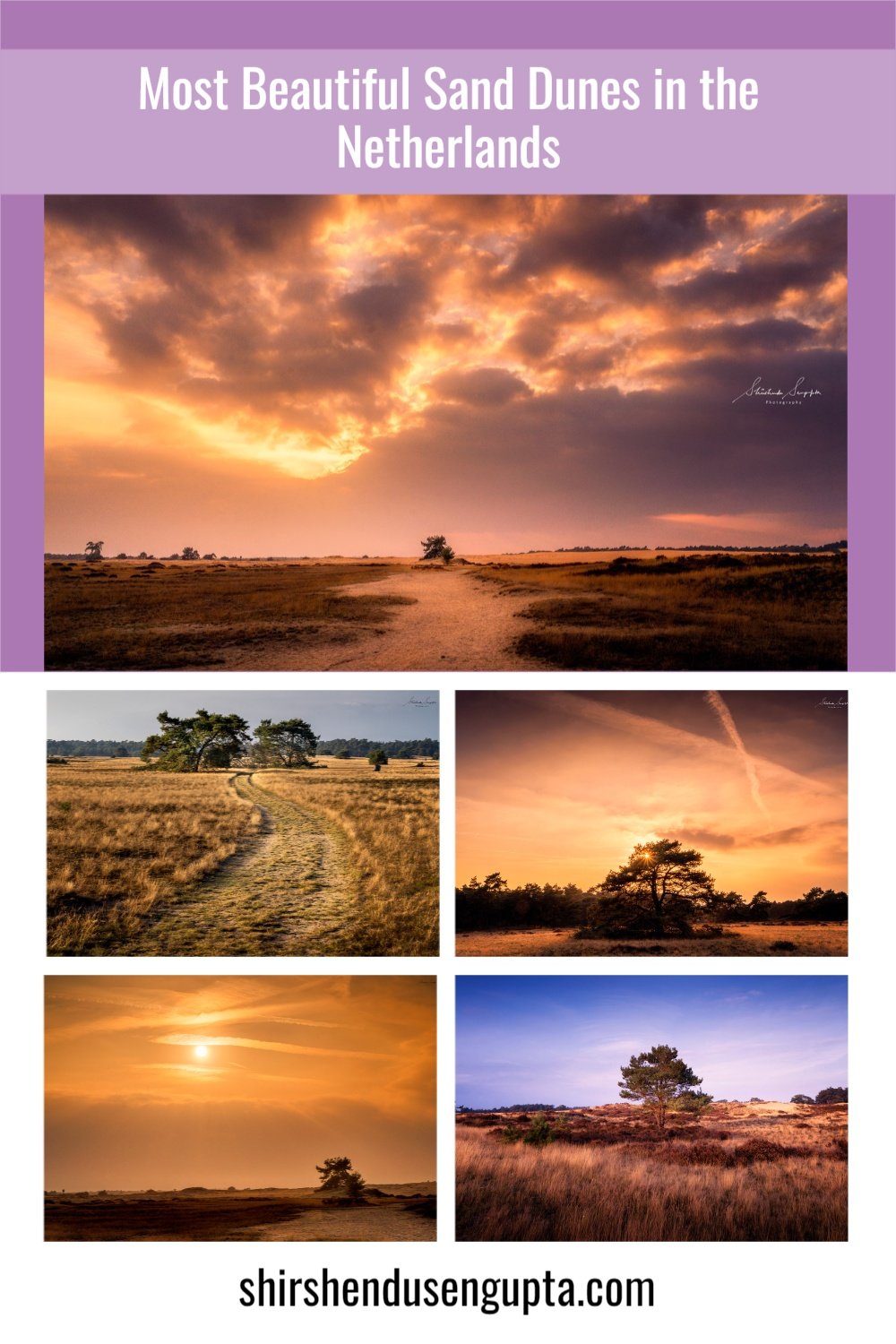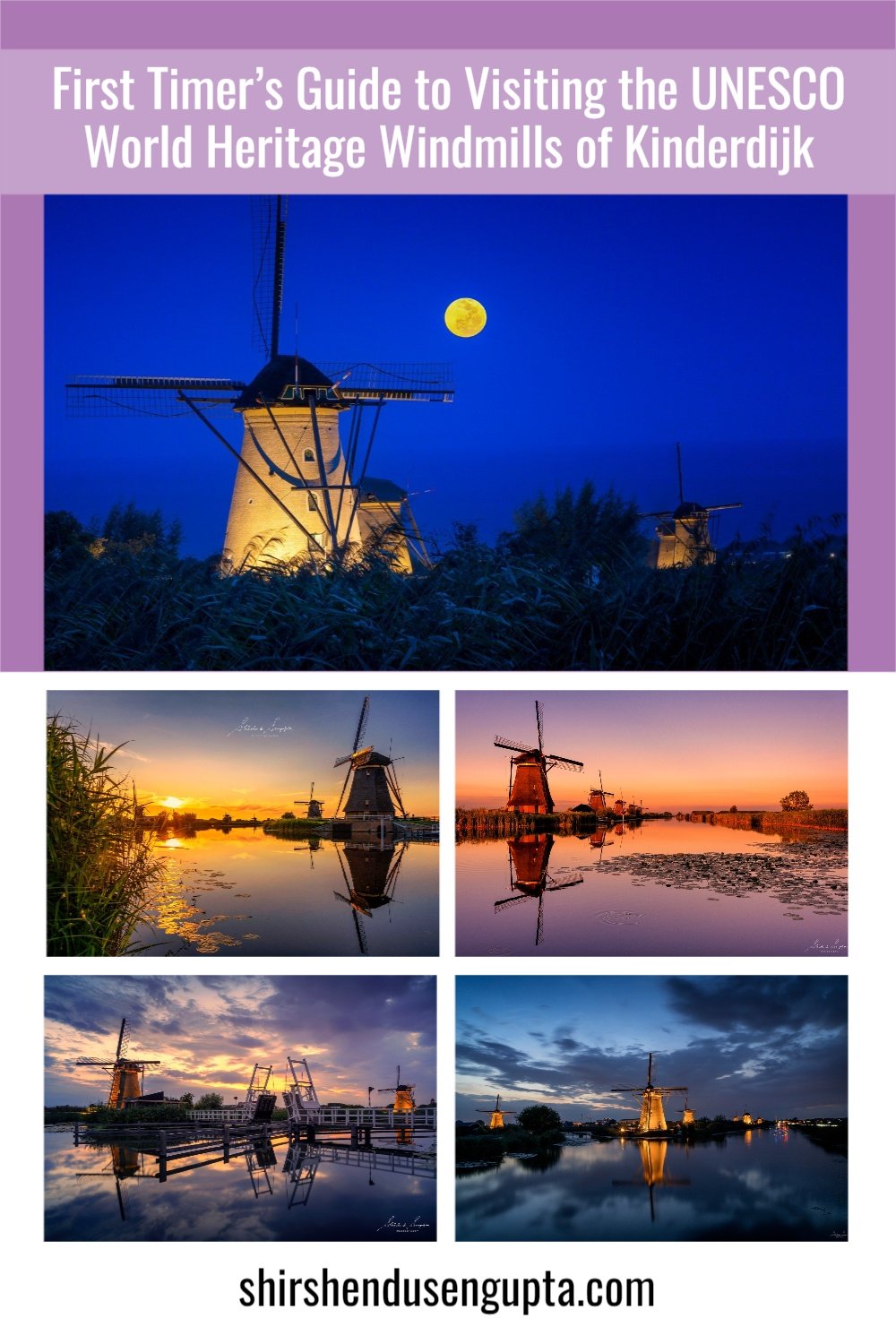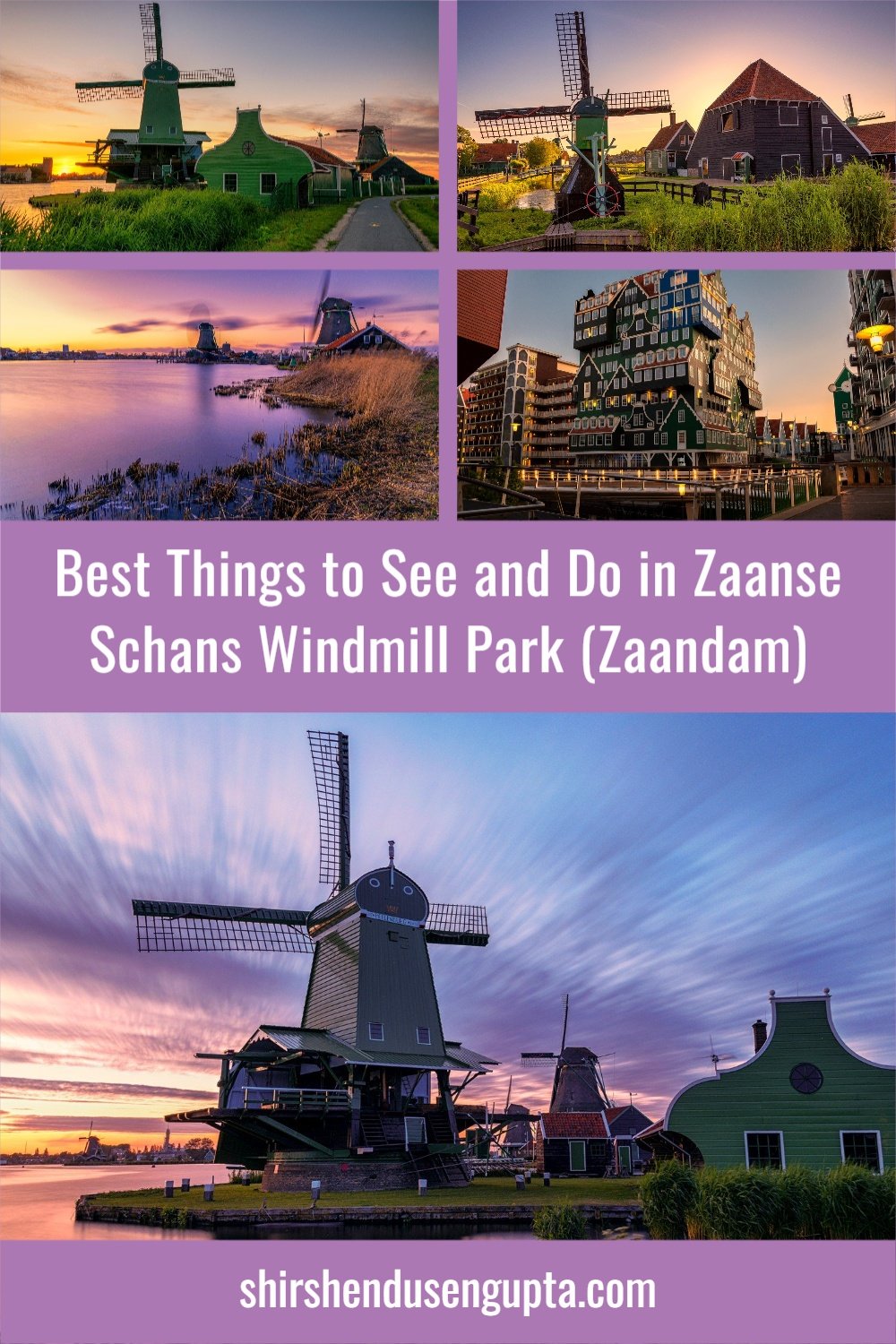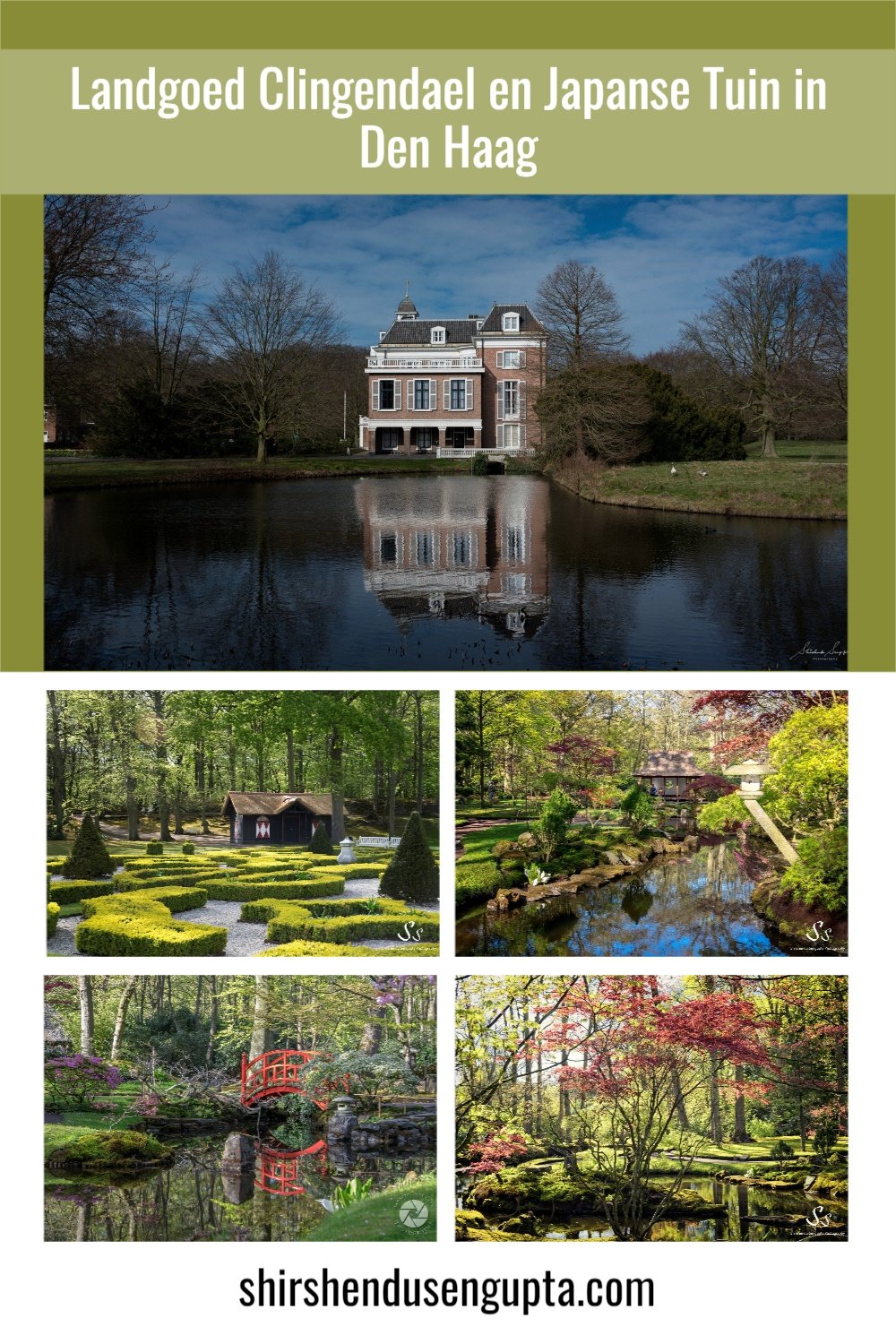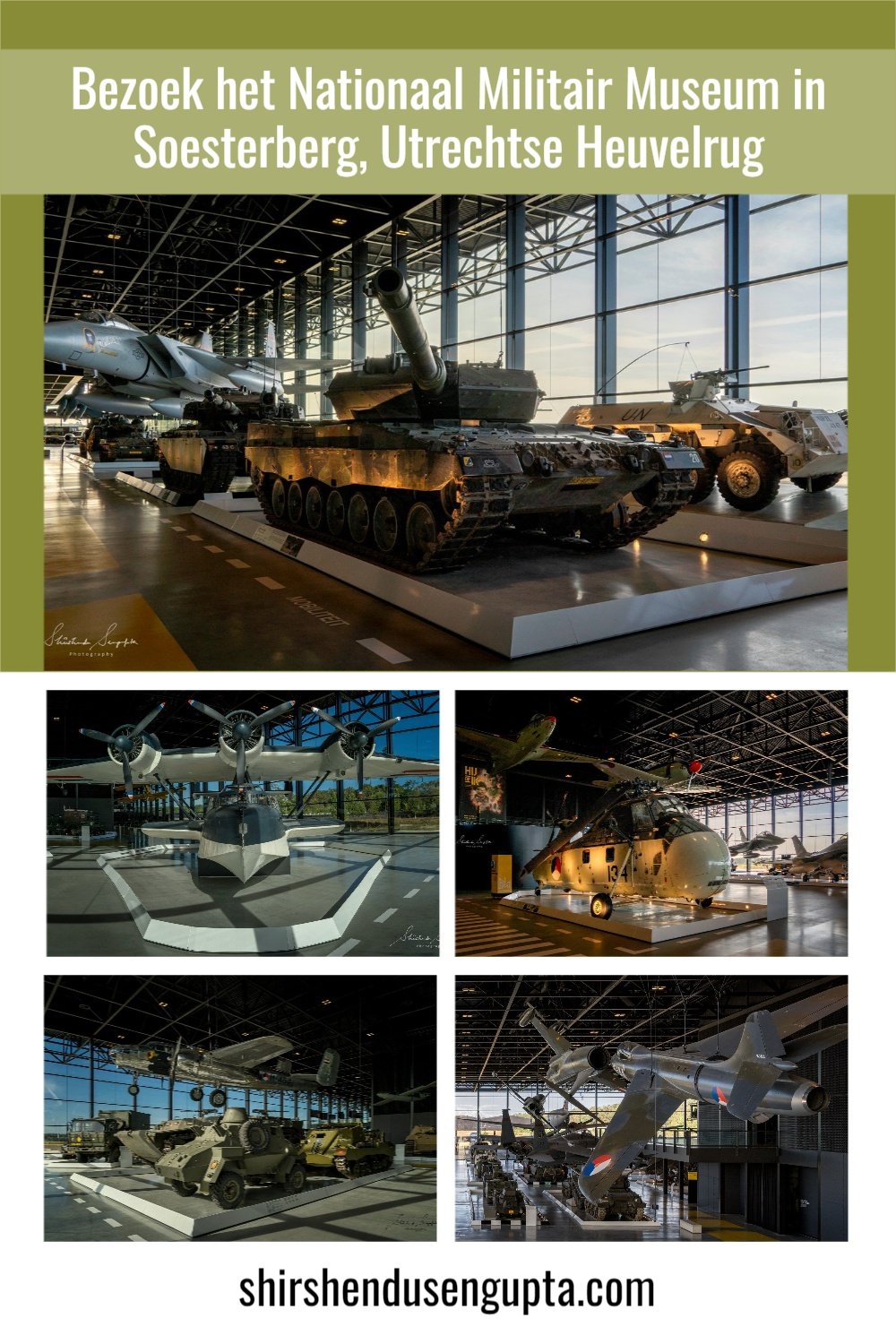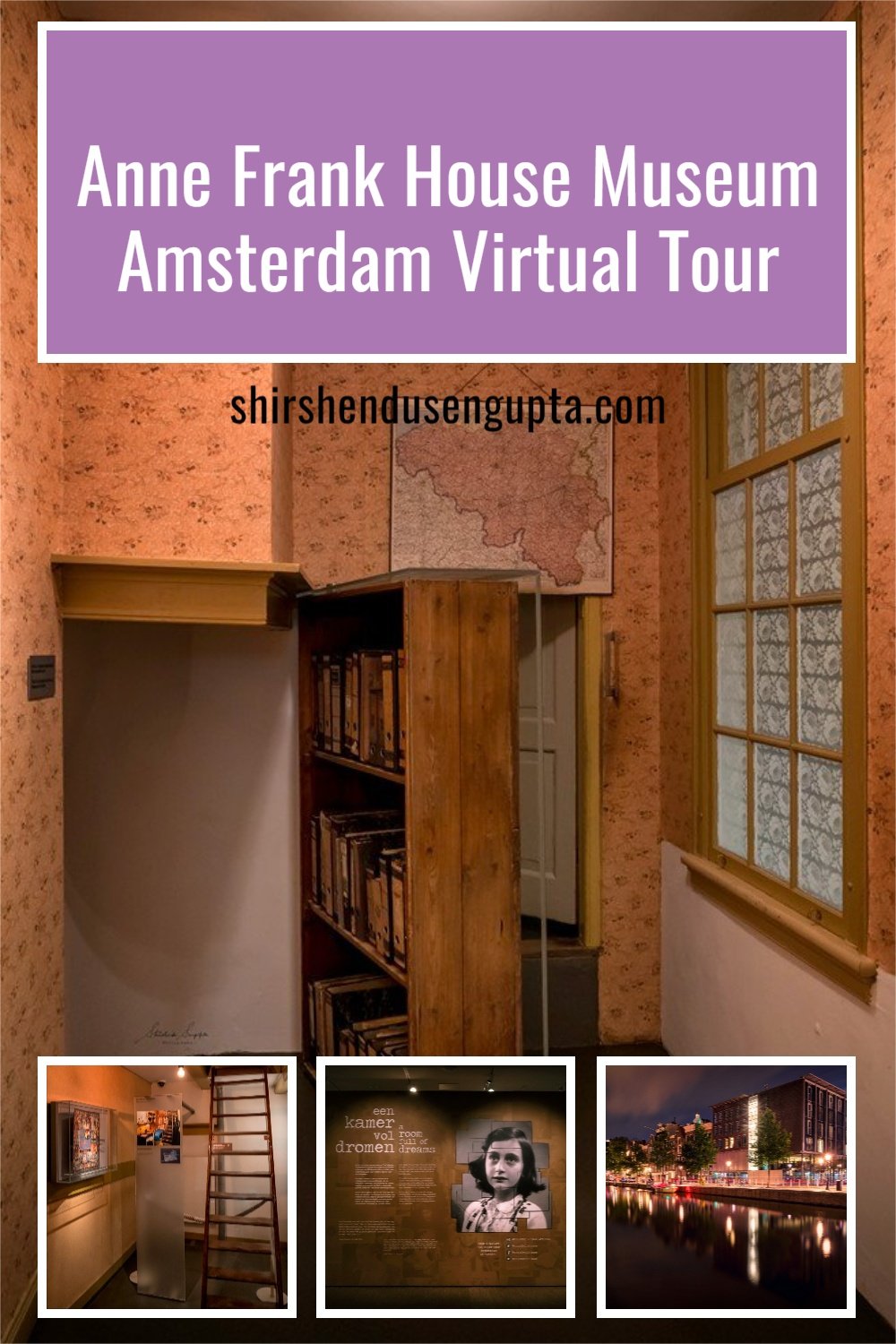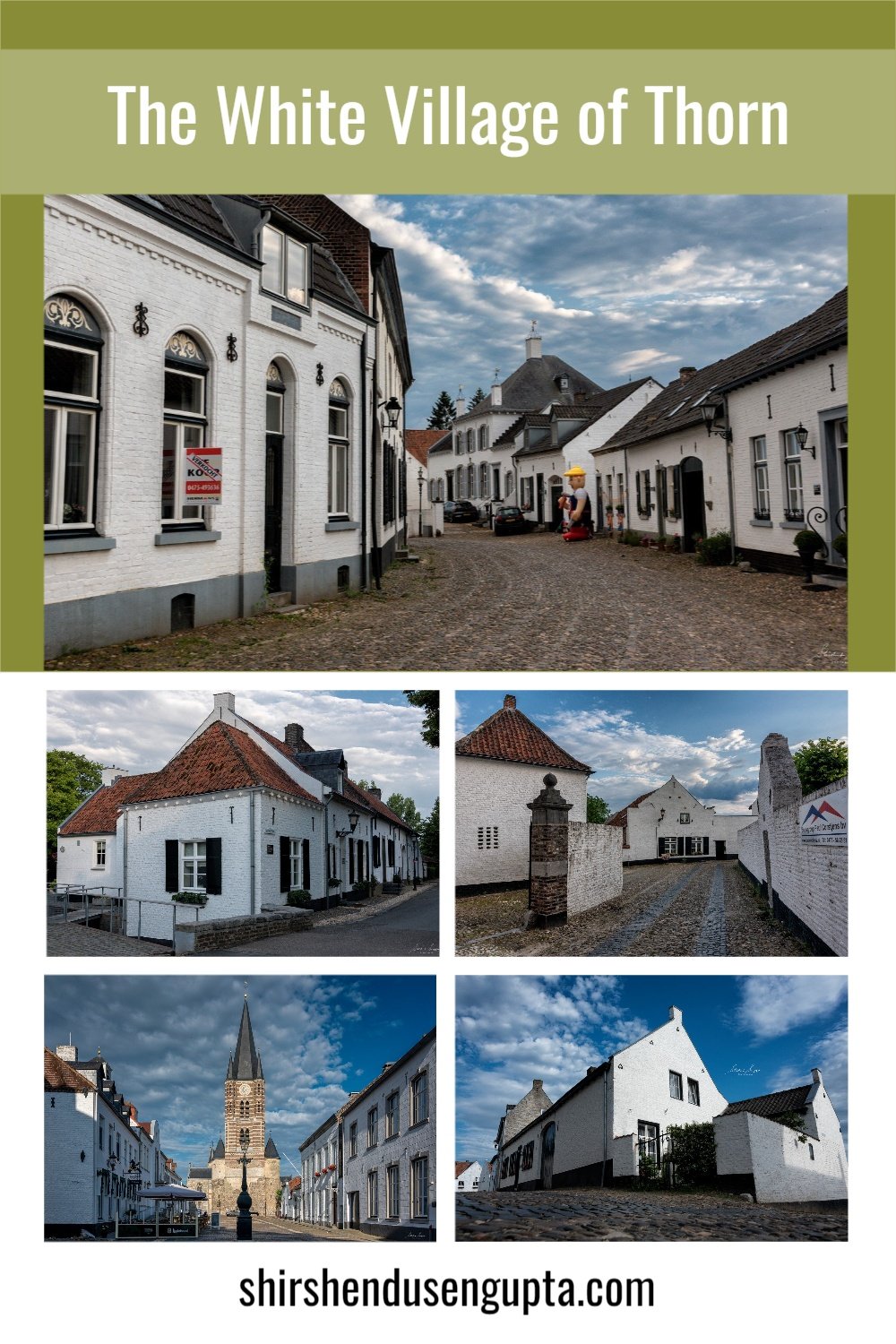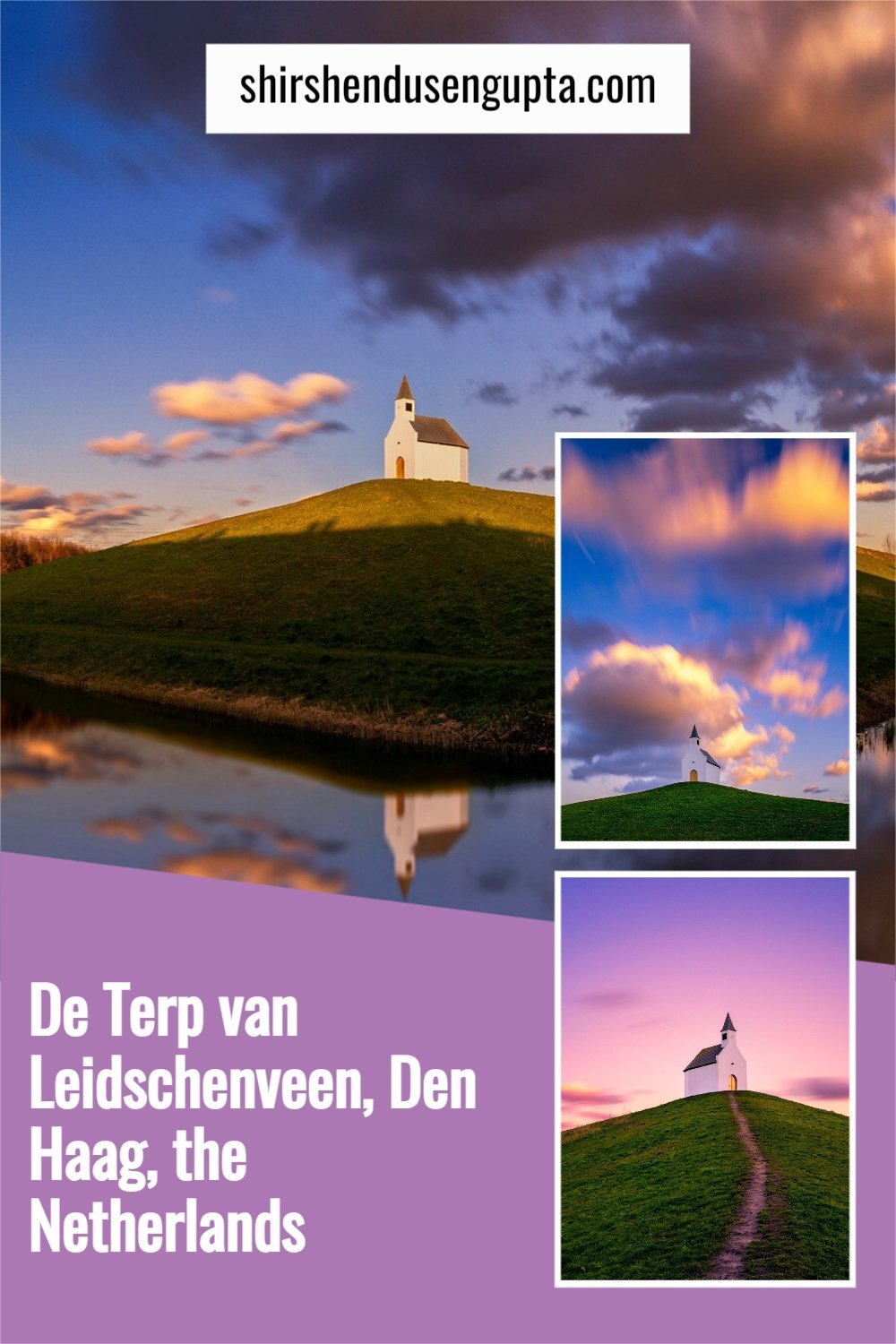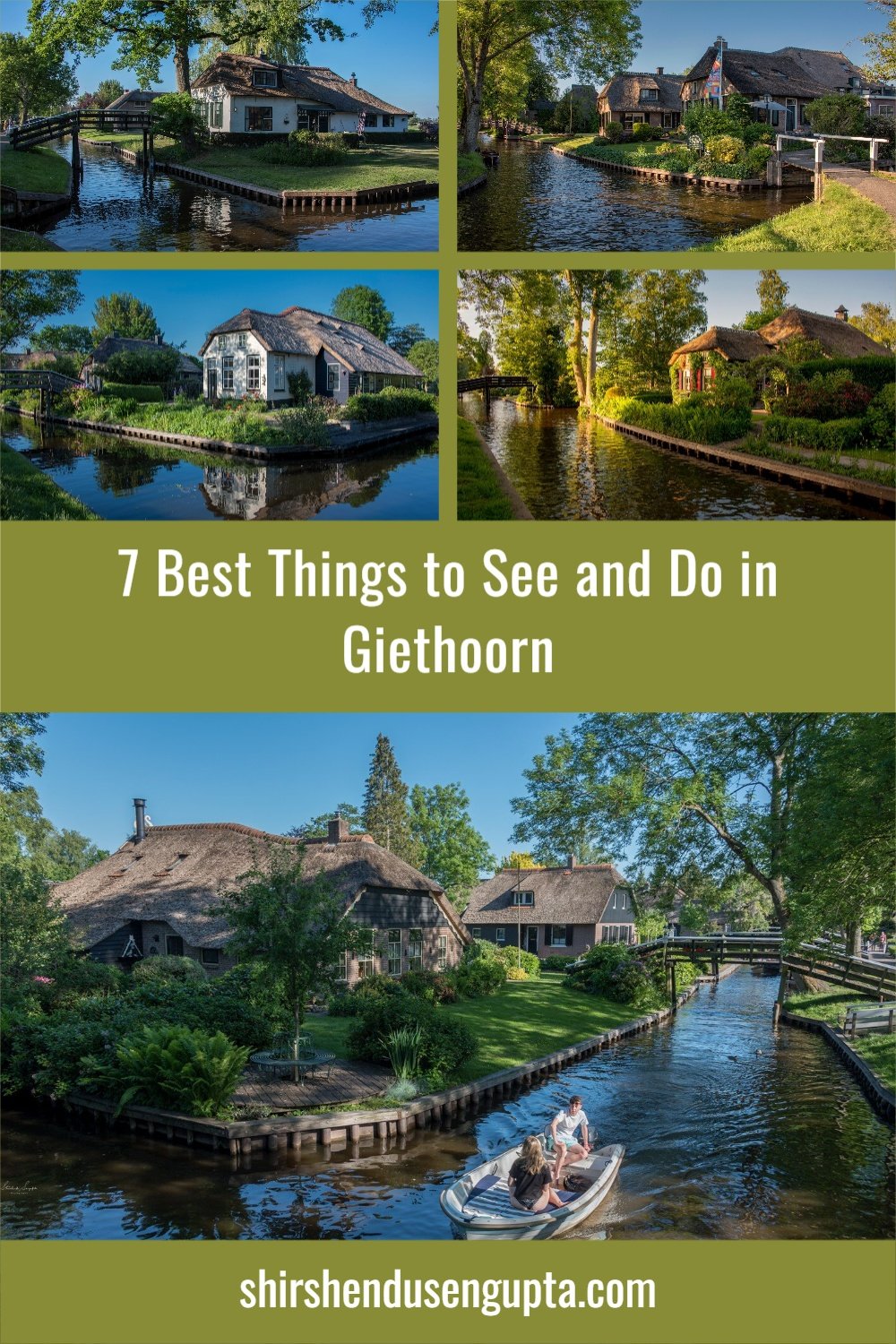11 Best Places to Visit in Luxembourg City | 11 Must See Tourist Attractions in Luxembourg City | Top 11 Things to See and Do in Luxembourg City over a Weekend Getaway
Luxembourg - The World’s Only Remaining Grand Duchy
Luxembourg, officially the Grand Duchy of Luxembourg, is a country in western Europe landlocked between Belgium, Germany, and France. With an area of 2,586 square kilometers and a population of 524,853 people in October 2012, it is one of Europe's smallest sovereign states and eighth least populous country. Being a constitutional monarchy, it is headed by a Grand Duke making it the world's only remaining Grand Duchy. Luxembourg continues to be listed as the world's richest country in terms of GDP per capita (Purchasing Power Parity) by the United Nations, owing to its status as a renowned financial hub with 150 banks within its borders.
Welcome to The UNESCO World Heritage Luxembourg City
Luxembourg City, the capital of Luxembourg, is one of the four official seats of the European Union’s institutions (together with Brussels, Frankfurt, and Strasbourg) and the headquarters of the European Union's Court of Justice, the EU's highest judicial body. Its people, languages, and traditions are all heavily influenced by its neighbors, resulting in a blend of French and German cultures. Luxembourgish, is the single national language of the Luxembourgish people, as established by law, in addition to French and German as administrative languages. Due to the outstanding preservation of the huge walls and the ancient city, the Old Town of Luxembourg was declared as a UNESCO World Heritage Site in 1994.
Reading the aforesaid, one may envisage Luxembourg City as a collection of banks and European Union offices. It will, however, be a huge blunder. The alluring reality is that behind all the buildings and bank headquarters sits a delightful bit of northern Europe. Thanks to its unusual setting, draped across the steep gorges of the Alzette and Pétrusse rivers, the UNESCO World Heritage city is one of Europe's most scenic capitals, with a fairy-tale aspect. The city is divided into two sections: Ville Haute ("High City"), the medieval town center, which is famously placed along a stunning cliff face, and Ville Basse ("Low City"), which is located in the ravine that runs through the city and provides the most attractive location. Today I’m going to take you along with me on a ride across the 11 best places to visit in this beautiful city that can be done over the weekend. Let the journey begin!
11 Best Places to Visit in Luxembourg City
1. Le Chemin de la Corniche
We start our journey from a view of Ville Basse ("Low City") from Le Chemin de la Corniche, a pedestrian promenade that has been hailed as 'Europe's most beautiful balcony.' It follows the course of the 17th-century city ramparts, with views across the river canyon to the Wenzelsmauer's massive defenses (Wenceslas Wall). Standing here, one can see the Ville Basse and Grund districts, which are located in the gorge formed by the Alzette and Petrusse rivers as they flow through the city's center. This pathway is exceptionally windy and can be extremely cold in the winter.
2. Neumünster Abbey
Neumünster Abbey is a public meeting area and cultural center in Luxembourg City's Grund district, which is a part of Ville Basse ("Low City"). The monks erected a new abbey in the Grund in 1606 after the first Benedictine abbey on the Altmünster Plateau was destroyed in 1542. After the French Revolution, it operated as a police station and prison before becoming Prussian barracks after Napoleon's defeat in 1815. The Nazis used the abbey to imprison political opponents to their occupation of Luxembourg during World War II.
3. The Bock and Casemates
The Bock is a promontory of Luxembourg City's ancient historical area, located in the north-eastern corner. Its granite cliffs stand above the River Alzette, which surrounds it on three sides, providing natural fortification. Count Siegfried built his Lucilinburhuc Castle here in 963, laying the groundwork for the establishment of what would become Luxembourg. As armies of the Burgundians, Habsburgs, Spaniards, Prussians, and French vied for victory over one of Europe's most crucial fortresses, the Fortress of Luxembourg, the Bock and its surrounding defenses were repeatedly reinforced, attacked, and rebuilt over the years. The fighting continued until the Treaty of London, which called for the defenses to be demolished, was signed in 1867. UNESCO has designated the ruins of the medieval castle and the huge underground system of corridors and galleries known as the casemates as a World Heritage site, and they remain a popular tourist destination.
4. The Grund District
The Alzette, Luxembourg's river, is currently quite small, yet it carved out a massive valley since the sandstone in the area is very soft. This is known as the Ville Basse, and it is a beautiful location, notably the district "Grund," which is definitely worth visiting. The district "Grund" was an early settlement in the Pétrusse valley (which is the other river of Luxembourg that joins Alzette at this point) at the foot of the upper town encircled by fortifications of the historic fortress. Access is via the Holy Spirit site's elevator (new location of the Palace of Justice) or a downhill stroll over a cobblestone street (the "Bisserwee" from the Roman era). The many cafés in the "Grund" (such as "The Scotts Pub" with its riverside patio or "Liquid," which hosts small concerts on a regular basis) attract people from all around town, especially at night, to have one or more beverages in a pleasant setting.
5. La Passarelle
Constructed between 1859 and 1861 by the Waring Brothers (a British construction company), the Passarelle, also known as Luxembourg Viaduct is a bridge that connects Avenue de la Gare (the avenue starting from the Luxembourg Gare railway station) to the UNESCO World Heritage-listed old city center in Ville Haute, carrying road traffic across the Pétrusse valley.
6. Gëlle Fra
The Gëlle Fra ('Golden Lady' in Luxembourgish), also known as the Monument of Remembrance, is a war memorial in Luxembourg City. It honors the tens of thousands of Luxembourgers who volunteered to serve in the Allied Powers' armed forces during World War I. The Gëlle Fra was built in 1923 in Constitution Square, in the Ville Haute neighborhood of central Luxembourg City, and is one of the city's most well-known monuments. The statue's centerpiece is a 21-meter-high obelisk atop which sits a woman holding out a laurel crown to two warriors, one of whom is watching over his fallen comrade. The statue was demolished in 1940 during the Nazi occupation, and it wasn't until 1984 that it was restored to its former glory.
7. Notre-Dame Cathedral
Notre-Dame Cathedral is the Roman Catholic Cathedral of Luxembourg City, as well as the only cathedral in Luxembourg. The church is notable for its late Gothic construction, but it also contains many Renaissance elements and adornments. The tomb of John the Blind, king of Bohemia and Count of Luxembourg from 1310 to 1346, is housed at Notre-Dame Cathedral. The crypt contains the graves of several members of the royal family as well as renowned bishops.
In 1603, Jesuits from Belgium, which, like Luxembourg, was part of the Spanish Netherlands at the time, established a college in Luxembourg city, which educated the majority of young Luxembourgers until 1773. Father François Aldenard laid the foundation stone for the church on May 7, 1613. Ulrich Job, a Lucerne-based architect, designed the structure. The columns were also decorated during his reign. On October 17, 1621, auxiliary bishop Georg von Weimar consecrated the Jesuit church and dedicated it to the Immaculate Conception.
After the Jesuits departed the city in 1773, Empress Maria Theresa of Austria handed the church to the City of Luxembourg in 1778, and it became the new parish church known as "Saint Nicolas et Sainte Thérèse." As a result, a statue of St. Nicholas stands guard above the cathedral entrance. In 1794, it adopted the iconic statue of Our Lady the Comforter of the Afflicted, the patron saint of the city and country, who had the capacity to accomplish miracles.
The apostolic vicar Jean-Théodore Laurent gave it the name "Notre-Dame" on March 31, 1848. Nicolas Adames, his successor, had the Baroque interior restored in a neo-Gothic style beginning in 1854. The Notre-Dame Church became Notre-Dame Cathedral when Pope Pius IX raised Luxembourg to a bishopric on June 27, 1870.
8. Fort Thüngen (now Dräi Eechelen Museum) and Mudam (National Museum of History and Art)
The medieval fortification of Fort Thüngen was built in 1732 to encompass the Redoute du Parc (Park Redoubt) defense work set up by Vauban 50 years before. It was named for the Austrian commander-in-chief of the fortress, Baron of Thüngen. Fort Thüngen was encircled by a deep moat and was only accessible from Obergrünewald by a 169-meter long underground tunnel through the rocks. The Prussians expanded the Fort in 1836 and reinforced it again in 1860. After the 1867 Treaty of London, which required the dismantling of Luxembourg City's various fortifications, the majority of the ancient citadel was razed. All that left were the three towers and the foundations of the rest of the fort. During the 1990s, the entire site was renovated in tandem with the establishment of the Mudam, Luxembourg's modern art museum. The building was totally renovated and reopened in 2012 as the Musée Dräi Eechelen.
The Mudam, constructed just behind Fort Thüngen (the glass pyramid in the background), houses a grand collection of archaeology, national history, fine arts, and applied arts in a 6000 sq. m building that spans five stories above and another five stories below ground level. The archaeological collections in the museum depict Luxembourg's history from the early Stone Age to the early Middle Ages. A remarkable collection of late Celtic aristocratic graves, as well as the Roman mosaic of Vichten with its depiction of the nine Greek muses, are among the highlights. Coins from various periods are included in the numismatic collection, which takes visitors on a journey through Luxembourg's economic and monetary history. The museum features a large collection of Luxembourg-made artifacts such as clocks, furniture, jewelry, and pottery, in addition to paintings and sculptures from the 14th century to the current day.
9. The Grand Ducal Palace
The Grand Ducal Palace is the Grand Duke of Luxembourg's official residence, where he fulfills the majority of his duties as the Grand Duchy's head of state. It is without a doubt one of the city's most magnificent facades (Flemish Renaissance, 16th century). The superb interior and magnificent above-stairs (with light design by Ingo Maurer) are only open during the summer.
10. Luxembourg American Cemetery and Memorial
The Luxembourg American Cemetery is the final resting place for 5,076 American soldiers who died in the Battle of the Bulge. It is also the ultimate resting place of General George Patton, the daring US Third Army general who was instrumental in the liberation of Luxembourg in 1944. The names of 371 Americans whose bodies were never discovered or identified are engraved on a monument. Two massive stone pylons with inlaid granite operations maps describe the accomplishments of American armed forces in the region during WWII. With its long rows of white crosses and the occasional Star of David, the well-kept graveyard is sobering.
11. The Center District
Finally don’t forget to explore every street of the Center district located in the heart of the capital, as its name suggests. This area is predominantly made up of stores and companies; the streets are mostly pedestrian-only and difficult for cars to navigate. It is one of Luxembourg City's most vibrant districts. It connects the districts of the old town (Altstadt) and the upper town (Oberstadt). The center, which is bordered to the north and west by Royal Boulevard, Franklin Roosevelt Boulevard to the south, and Jean-Ulvelling Boulevard to the east, is Luxembourg's smallest district. The Center district is mostly devoted to services, shopping, and luxury.
Visiting Luxembourg City
Best Time to Visit: The finest seasons to visit Luxembourg City are spring (from April to June) and fall (from September to October) when the weather is pleasant and the cityscape is decorated with vibrant fall leaves or flowers in bloom. While July and August are the busiest months for travelers, they are still very popular times of year. We traveled during Christmas and the whole city was adorned with lights. It was a wonderful experience.
Number of Days to Stay: Two to three days is typically enough time to see Luxembourg City's main attractions. This lets you take your time exploring the city's charm, seeing important sights, and engaging with the local way of life.
Best Place to Stay: The best area to stay is in the city center, especially in the area surrounding the Old Town, which is recognized by UNESCO. The Grund and Kirchberg areas are well-liked because they provide a blend of modern amenities and historic beauty. We stayed near the railway station where accommodation is cheaper. You just need to cross the bridge Passerelle and you will be in the Old Town.
Best Way to Arrive: The best way to get to Luxembourg City is by plane. The primary international gateway is Luxembourg Findel Airport. It is easily accessible due to the airline companies that offer flights to prominent European cities. As an alternative, because Luxembourg City is well situated in central Europe, you can easily go there by vehicle or train from nearby nations. We arrived at Luxembourg City by train from the Netherlands, spent three days there, and then traveled back to the Netherlands by train again.
Best Local Mode of Conveyance: You can visit the main sights on foot in Luxembourg City because it is a small, walkable city. It is simple to travel across the city and even outside of it thanks to the effective and well-connected public transit system, which includes buses and trains. To enjoy free admission to several sites and limitless use of public transit, consider obtaining a Luxembourg Card. Bicycle rentals and taxis are also offered for greater freedom in city exploration.
Epilogue
So that brings us to the end of our journey across the 11 best places to visit in Luxembourg City. Please let us know in the comments below if you enjoyed reading this article. And until we meet next time, I wish you merry traveling and happy shooting!
Pin the article
Bookmark the article for reading later!
Want to license/buy photos in the article?
License photos for commercial/editorial use or buy photo prints!
Want us to write an article for you?
Articles for magazines, newspapers, and websites!
Watch our Videos
Check out our videos on our Youtube Channel!
Join the Newsletter
Get updates on our latest articles!
We respect your privacy. Read our policy here.

